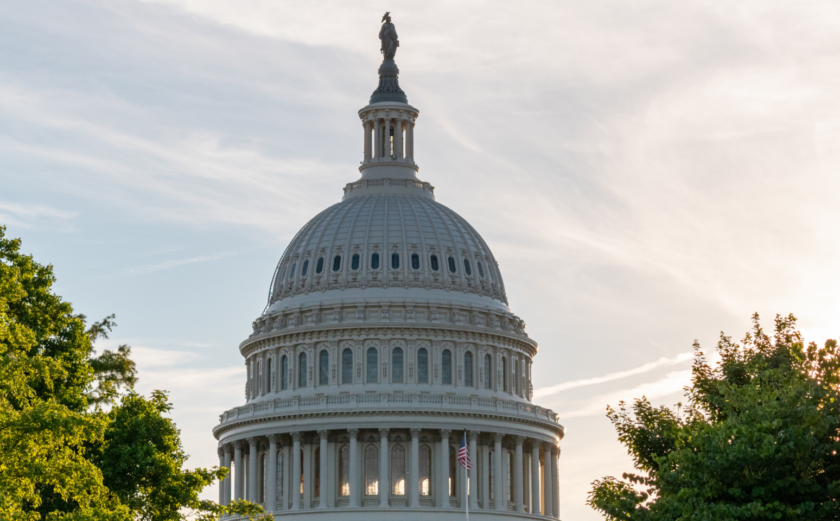NGO Community Response to USAID Transformation
As part of its ongoing transformation efforts, USAID has proposed a number of structural changes intended to make the agency more efficient and impactful. These shifts were designed to strengthen existing areas of USAID’s work, streamline reporting to the USAID Administrator, and prepare USAID for the development and humanitarian demands of the future.
The proposals were recently consolidated into nine Congressional Notifications sent to Congress for further review and approval in September 2018. They included:
1. Five new consolidated bureaus:
- The Bureau for Policy, Resources and Performance (PRP)
- The Bureau for Development, Democracy and Innovation (DDI)
- The Bureau for Resilience and Food Security (RFS)
- The Bureau for Humanitarian Assistance (HA)
- The Bureau for Conflict Prevention and Stabilization (CPS)
2. Relocation of the Afghanistan and Pakistan Bureau to within the Asia Bureau
3. A refocused Management Bureau
4. Streamlined coordinator positions throughout the agency
5. A restructuring of front office positions and reporting lines to the Administrator
Most of the Regional Bureaus and the Bureau for Global Health remain relatively the same. The shifts to the front office would create two new Associate Administrators who would report directly to the Administrator and oversee several of the new bureaus. The Associate Administrator for Relief, Resilience and Response (R3) would oversee the RFS, HA and CPS Bureaus and the Associate Administrator for Strategy and Operations would oversee the PRP, Legislative and Public Affairs, and Management Bureaus. Other Bureaus, including DDI, will continue to report to the Administrator.
The proposed structural shifts have the potential to change how USAID engages with Congress, the NGO sector, and others. InterAction is supportive of many of these changes and sees how these structural shifts will help to modernize USAID to better address humanitarian and development challenges. That said, there are a few aspects of the proposals that merit further questions. Although, USAID Transformation is intended to increase efficiency while achieving better results, implementing transformation as part of a broader drive to cut foreign assistance budgets would be detrimental to USAID and its core mission.
Key highlights or questions for further consultation include the following:
- The new PRP Bureau structurally reinforces strategy-budget alignment.
- Can the DDI Bureau work to make development programming more effective and efficient?
- More clarification is needed on the management, function and engagement of cross-cutting organizational structures, like those held in RFS and DDI.
- Creation of the HA Bureau elevates USAID’s humanitarian functions and leadership and works to streamline all forms of assistance.
- The CPS Bureau prioritizes, elevates and better coordinates conflict prevention within USAID and the inter-agency, however work is still needed to ensure non-elite, in–country civil society organizations have a key role in procuring, designing, implementing, and evaluating conflict prevention and stabilization work.
Read our full brief to learn more about USAID Transformation and details on each of the new bureaus







